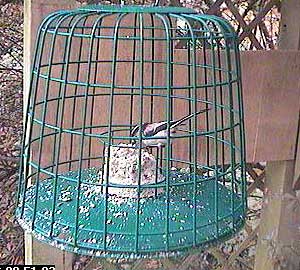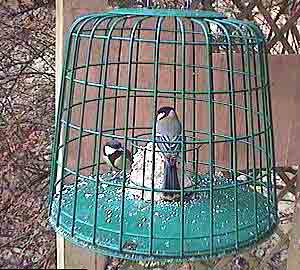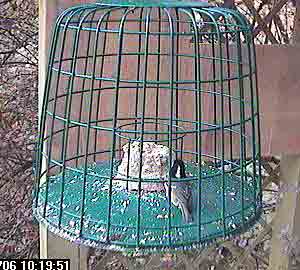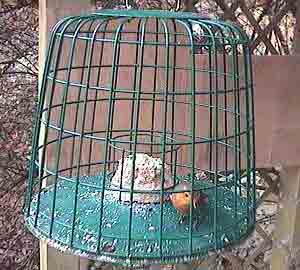
The first bird we recorded in the feeder this morning was a long tailed tit. They usually go round in flocks so to find just one is fairly unusual.
On occasions there have been too many to count - we believe there have been 10 to a dozen LTTs at a time on the feeder at its busiest.




